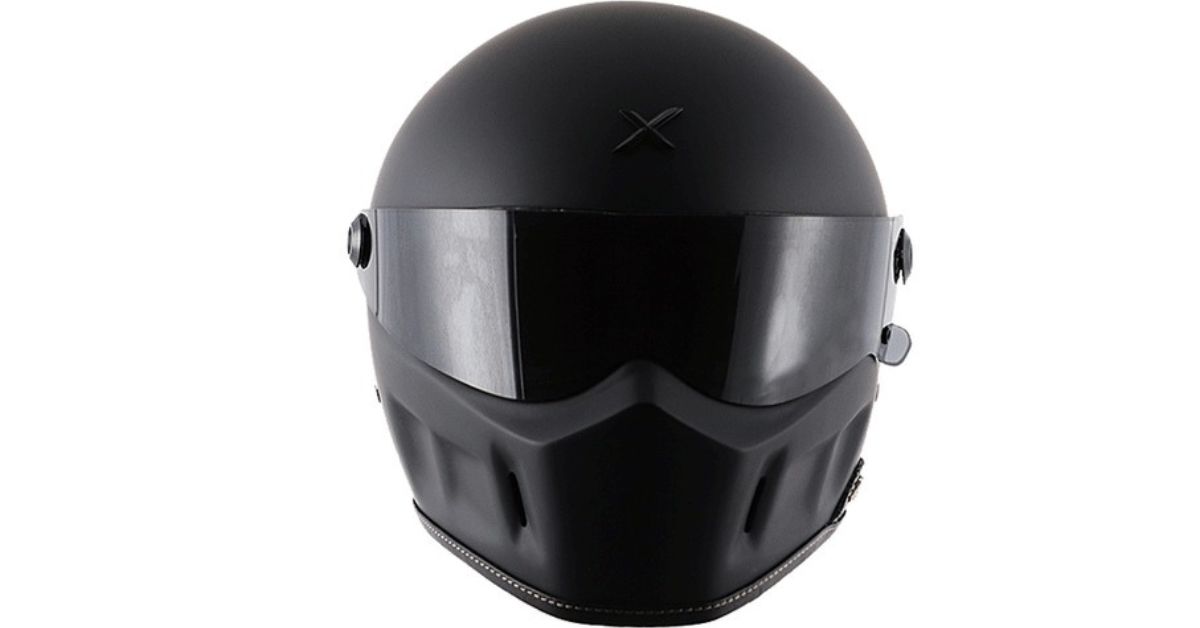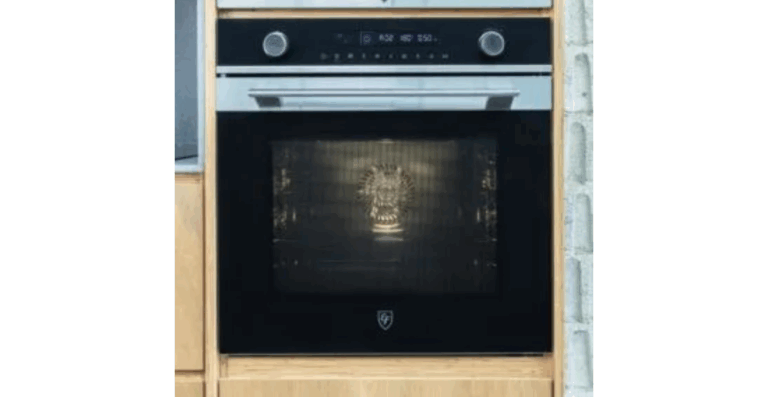The Ultimate Guide to Choosing the Best Helmet for Your Safety
Best Helmets: When it comes to ensuring your safety on the road, choosing the right helmet is paramount. With numerous options available, it can be overwhelming to find the best helmet that suits your needs. This guide aims to provide you with essential information to make an informed decision, covering key features, types, and considerations when selecting a helmet.
Types of Helmets
- Full-Face Helmets
- Coverage: Provides maximum protection, covering the entire head and face.
- Features: Equipped with a chin bar, which is a critical safety feature.
- Pros: Best for high-speed riding, offers the highest level of protection.
- Cons: Can be heavy and may limit peripheral vision.
- Modular Helmets
- Coverage: Similar to full-face helmets but with a hinge to flip up the front.
- Features: Offers versatility for both full-face and open-face experiences.
- Pros: Convenient for communication and taking breaks without removing the helmet.
- Cons: Slightly heavier due to the hinge mechanism.
- Open-Face Helmets
- Coverage: Covers the top, sides, and back of the head but leaves the face exposed.
- Features: Lacks a chin bar, providing a more open experience.
- Pros: Greater field of vision and feeling of freedom.
- Cons: Less protection for the face and chin.
- Half Helmets
- Coverage: Covers only the top of the head.
- Features: Minimalistic design, often used for low-speed or city riding.
- Pros: Lightweight and allows for maximum airflow.
- Cons: Offers the least amount of protection.
- Off-Road Helmets
- Coverage: Designed specifically for off-road and dirt biking.
- Features: Extended chin bar and visor, optimized for ventilation and dust protection.
- Pros: Ideal for rugged terrains and extreme sports.
- Cons: Not suitable for highway use due to lack of aerodynamic design.
- Dual-Sport Helmets
- Coverage: A hybrid between off-road and full-face helmets.
- Features: Offers the versatility for both on-road and off-road use.
- Pros: Combines features like a visor for off-road and aerodynamic shape for on-road.
- Cons: May not excel in either category but provides a balanced option.
Key Features to Consider
- Safety Certifications
- Look for helmets that meet safety standards such as DOT (Department of Transportation), ECE (Economic Commission for Europe), or Snell certification. These certifications ensure that the helmet has undergone rigorous testing.
- Fit and Comfort
- The helmet should fit snugly without causing discomfort. It’s crucial to try different sizes and brands to find the best fit. Look for features like adjustable padding and retention systems.
- Ventilation
- Good ventilation is essential for comfort, especially on long rides. Helmets with multiple vents and channels help keep the rider cool by promoting airflow.
- Visor and Face Shield
- Consider helmets with anti-fog and anti-scratch visors. A clear, wide field of vision is crucial for safety. Some helmets offer tinted or transitional visors for different lighting conditions.
- Weight
- A lightweight helmet reduces fatigue on long rides. However, it should not compromise safety. Advanced materials like carbon fiber and fiberglass composites offer a good balance of weight and strength.
- Noise Reduction
- Aerodynamic design and quality padding can help reduce wind noise, making for a more comfortable ride.
- Price
- Helmets range in price from budget-friendly to high-end models. While it’s important to stay within your budget, remember that investing in a quality helmet is investing in your safety.
Maintenance Tips
- Regular Cleaning
- Clean the exterior and interior of your helmet regularly. Use mild soap and water for the shell and removable pads. Avoid harsh chemicals that can damage the materials.
- Inspect for Damage
- Regularly check your helmet for cracks, dents, or any signs of wear. Replace it immediately if any damage is found.
- Storage
- Store your helmet in a cool, dry place. Avoid leaving it in direct sunlight or in your car, as extreme temperatures can degrade the materials.
- Replace When Needed
- Helmets should be replaced every 3-5 years, even if they haven’t been involved in an accident. Over time, the materials can degrade and offer less protection.
Conclusion
Choosing the best helmet involves considering various factors such as the type of riding you do, the fit and comfort of the helmet, and its safety features. By understanding the different types of helmets and their specific benefits, you can make an informed decision that ensures your safety on the road. Remember, a helmet is a critical piece of gear that protects one of your most vital assets—your head. Invest wisely and ride safely.







